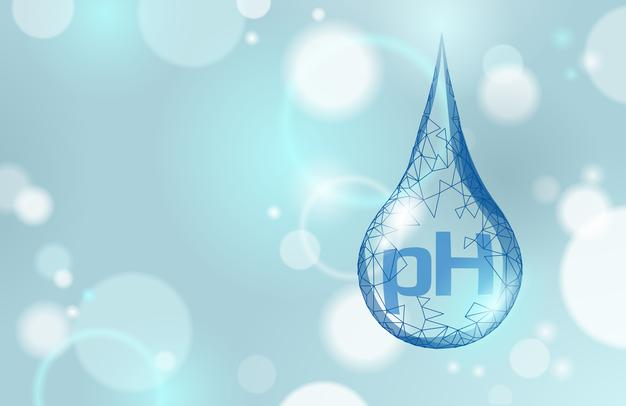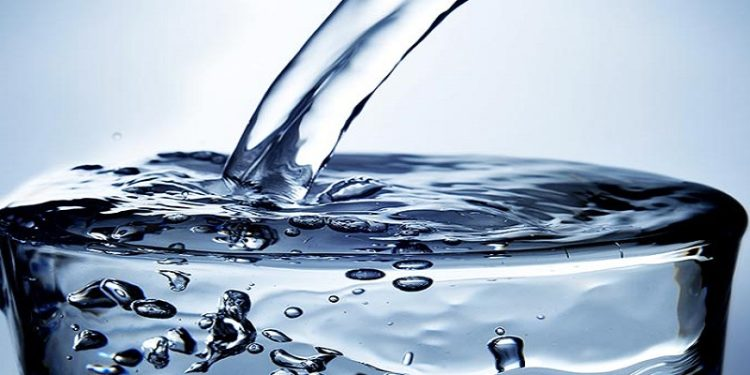What is a UV water purifier and how does it work?
UV water purifiers treat microbiologically unsafe water using germicidal ultraviolet rays. UV wavelengths disrupt the DNA of organisms living in the water so they can no longer reproduce and make you sick. If you drink water contaminated with bacteria, these organisms can enter your digestive tract and multiply. Ultraviolet radiation makes it impossible for bacteria, viruses, parasites, and fungi to reproduce by damaging the nucleic acids in their DNA.
How does a UV water purifier work?
Ultraviolet (UV) water purifiers expose living organisms, such as bacteria, viruses or cysts (like Cryptosporidium and Giardia) to germicidal ultraviolet wavelengths. When there is enough energy, UV radiation at a wavelength of 254 nm will break down the DNA of pathogenic microorganisms, making them unable to reproduce. Ultraviolet rays prevent bacteria from spreading diseases through drinking water.
UV dose is a measurement of the energy (in mJ/cm²) delivered by a UV water purifier. The more doses delivered, the more energy is provided to treat contaminated water. This energy becomes sufficient at a certain threshold to inactivate most microorganisms in the water.
What does UV disinfection remove?
UV disinfection inactivates living organisms, such as bacteria, viruses, spores, and cysts, but it does not remove particles from water, add chemicals, or eliminate unpleasant tastes .
UV sterilization treat:
- Cryptosporidium
- Giardia
- Dysentery bacilli
- Salmonella bacteria
- Mycobacterium tuberculosis
- Streptococcus
- coli
- Hepatitis B disease
- Cholera
- Algae
- Mushroom
- Some viruses
What’s inside a UV water purifier?
The UV water purifier consists of a chamber containing a quartz tube and a UV lamp. The glass-quartz sleeve holds a UV lamp that emits germicidal (UV-C) radiation wavelengths to inactivate living organisms. The quartz glass sleeve is transparent to UV wavelengths, allowing UV rays to penetrate the glass and sterilize the water. A quartz tube protects the UV lamp from water because water and electricity do not mix. One or two O-rings seal the entire system together.
UV lamps run on mercury vapor. Mercury vapor is loaded into the UV lamp in the form of small particles. Mercury vapor created from these particles powers the lamp. Occasionally, you may see particles rolling around the lamp.
Is UV water purifier safe?
UV water treatment is safe. It does not use harmful chemicals or change the composition of the water. UV sterilizers use UV-C light for disinfection. UV-C light is harmful to humans as well as to microscopic living organisms. However, you are not at risk of exposure unless you touch or look at the UV bulb while it is on.
Chlorine treatment is an alternative to UV, but UV treatment is much safer. UV light treats water for protozoa that chlorination cannot remove. A UV system is much easier to maintain and safer to use than chemical disinfectants. Treating water with chlorine requires a tank and the correct solutions and injections. Many wastewater treatment plants today use ultraviolet water filtration to remove harmful chemical byproducts in water from chlorine or chloramine treatment.
Are UV water purifiers effective?
UV systems are effective in neutralizing 99.99% of living organisms in the water. They are designed to run continuously to ensure the water you use is always safe. Because UV purifiers are not filters, no wastewater or debris is left behind for cleaning. Every drop of water that enters the UV system is purified.
UV water purifier vs water purifier
Unlike water filters, UV water purifiers do not remove particles from water. Reverse osmosis systems, ultrafiltration systems, carbon filters, and ceramic filters all separate contaminants from the water through the tiny pores of the filter or membrane. UV treatment purifies water by exposing living organisms to ultraviolet rays, but it does not filter them out. Water filters do not remove bacteria and viruses with the same effectiveness as UV systems. UV disinfection works in conjunction with a water filtration system to provide clean water.
Is UV necessary for water filters?
UV water filtration is not necessary for a water filter, but a water filter is necessary before a UV system. UV systems work best when the water is clear, so they must have at least a 5-micron pre-filter to prevent living organisms from hiding behind loose particles. You can use a sediment filter to remove dirt and debris from your well water supply or a water softener to reduce iron as a pre-filter. The UV filter is the last thing water passes through on its way into the house.
Test the water quality before you use the UV system to ensure the water does not exceed the following levels:
- Hardness< 7 gpg (grains per gallon)
- Iron < 0.3 ppm (parts per million)
- Manganese < 0.05 ppm
- Turbidity < 1 NTU (nephelometric turbidity unit)
- UVT< 75%
- Tannin < 0.1 ppm
Advantages of UV water purifiers
UV water purifiers offer many benefits compared to chemical disinfection.
- Disable bacteria and viruses: When exposed to ultraviolet rays, bacteria and viruses are no longer able to reproduce.
- Disinfection without chemicals: UV wavelengths do not leave byproducts in the water like chemical disinfectants.
- Adds no taste or odor: UV disinfection does not chemically alter the water in any way, shape or form.
- Easy to maintain: Changing the UV lamp every year is the most frequent maintenance need.
- No water waste: UV treatment does not discharge water into the drain.
- Natural Disaster Protection: When city water sources run out, the UV system will keep your drinking water safe.
Disadvantages of UV water purifiers
Although there are many advantages, UV water purifiers still have some disadvantages compared to other disinfection methods.
- Does not remove contaminants: UV rays only inactivate living organisms, so the system requires pre-filtration to remove loose particles.
- Heating the water: When you don’t have running water and it’s in the chamber, the UV light will heat the water.
- Doesn’t work during power outages: A UV system requires electricity to run.
- Does not work unless the water is clear: Make sure you have the appropriate pre-filtration system installed before the water reaches your UV system.
When should you use a UV filter?
UV purification is the best choice whenever your water contains bacteria or if you want extra protection in case of natural disasters. By the time your city’s water plant issues a boil water advisory, the water is already contaminated. Having a UV system keeps your water free of harmful viruses and pathogens when the water supply is compromised.
If you own a private well or your water is stored in a tank, you will need a UV water purifier unless you disinfect your water with chemicals. The well owner is responsible for removing bacteria from the water, and UV treatment is the most effective way to do that. The Rusco spin-down filter is an excellent pre-filter for well water before UV disinfection.
UV water purifier for your home
UV systems are POE (point of entry), which means you install them before water enters the house to filter water throughout the entire house. Most of the time, typical household pressure is sufficient for the UV system to operate. However, a flow restrictor should be used to ensure water does not flow too quickly through the system. Water must be exposed to UV light for a certain period of time before being disinfected. If the flow rate is too high, the water flows through the UV system too quickly to be considered safe.
There are many types of UV water purifiers. The size of the UV system you need depends on the water flow rate. Sizing according to flow rate allows the water to be exposed to the germicidal wavelength long enough to be effective. Like size, prices of UV systems vary. Typically, a residential UV system costs around $400 or $500.
UV water purifier for travel
Portable UV water purifiers are great for backpacking, camping or traveling around the world. Portable UV purifiers come as a single system or as a package with a sediment pre-filter for water containing a lot of dirt and debris.
How to maintain UV water treatment system
UV water purifiers last for many years, but they require maintenance just like any other water treatment system. However, UV systems are easy to maintain and are designed to run continuously.
- Replace the UV lamp once a year: UV lamps use mercury vapor as fuel to burn UV wavelengths. Over time, the mercury inside the lamp dissipates. The UV lamp lasts about 9,000 hours or 375 days (if you run it all the time).

- Clean the quartz sleeve: The glass quartz tube surrounding the lamp needs to be clean for the UV lamp to operate effectively. Check the quartz sleeve when you replace the lamp to make sure it is clean.
- Replace quartz sleeves every two years: Quartz sleeves are fragile, so it’s a good idea to keep an extra sleeve in case of an accident.
See more: 11 How to reduce the pH of water
To learn more about other powerful and unique water filtration systems distributed by Song Phung, order online at the website https://cleanwater.com.vn/san-pham or call hotline 0913.90.72.74 – 0984.620.494 to order. be consulted in detail.
Follow Fanpage: https://www.facebook.com/SongPhungthietbinganhnuoc/ to update new products
Translator: Duong Nguyen Hoang Khang












